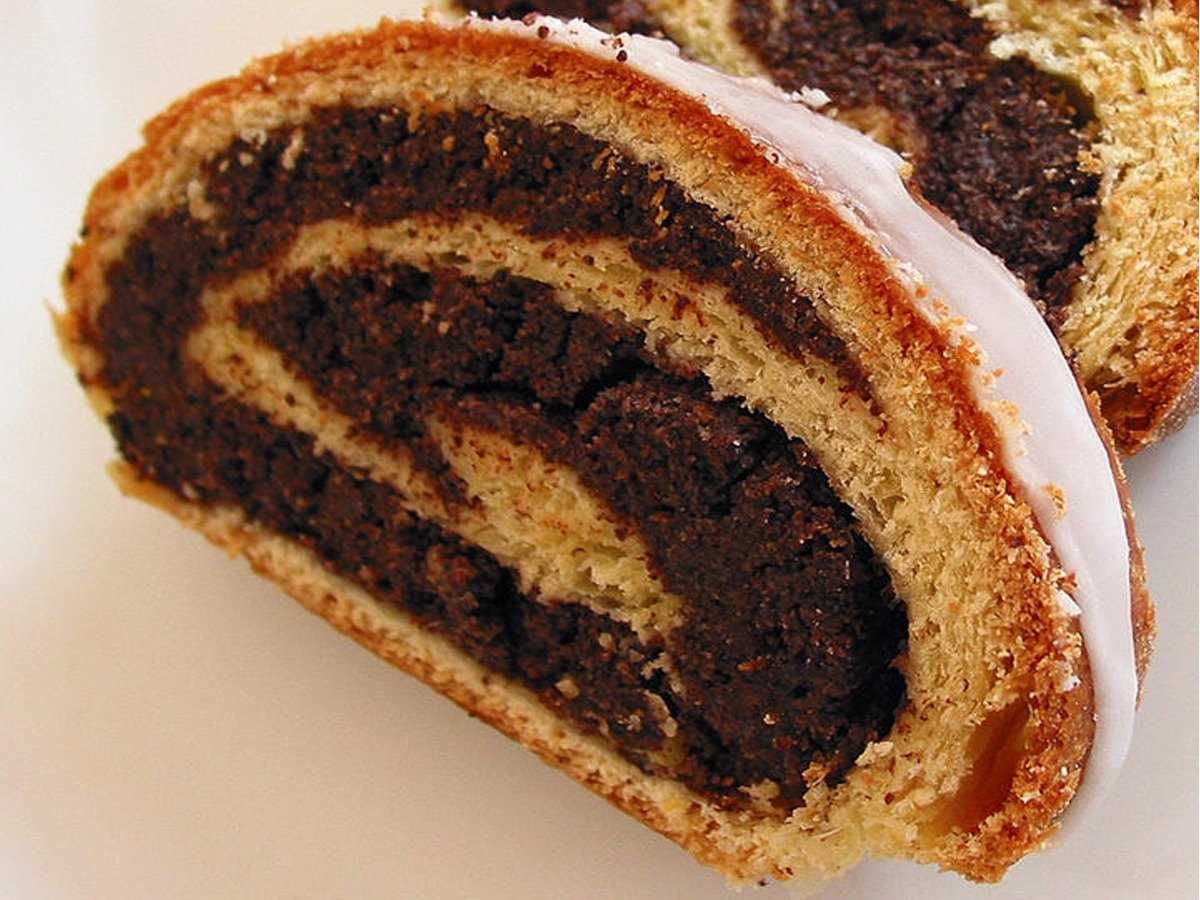1 /30
— Cornish Pasture, UK —
The dish is typical of the southwest regions of England, but it is common throughout the country. Cornish pasty is an oval-shaped pie with a filling that can be used different kinds meat or vegetables.
— Peking duck, China —
The hallmark of Chinese cuisine is duck. It is rubbed with honey and baked in the oven. Peking duck is served with sauces and flatbreads.
— Tandoori chicken, India —
The Indian state of Punjab is considered the birthplace of this spicy poultry dish. From there, tandoori chicken spread throughout India. Before cooking, the chicken is marinated in yogurt with various spices, and then baked in a special tandoori oven.
— Sushi, Japan —
It is impossible to imagine Japanese cuisine without sushi. This dish consists of rice and a filling of meat, vegetables or fish.
— Falafel, Israel —
Although the history of this dish began in Egypt, it was in Israel that it became the culinary symbol of the country. This is due to the incredible popularity of the dish among local residents. Falafel is balls of chickpeas or beans with the addition of herbs and spices. They are fried in oil until golden brown and served with sauce and flatbread.
— Haggis, Scotland —
Scotland's national dish was invented by poor people during the time of the poet Robert Burns, who decided to put sheep's offal to good use. The heart, liver and lungs of the animal are mixed with onions, lard, and seasonings, stuffed into the lamb's stomach and boiled. Haggis is served with mashed rutabaga and potatoes.
— Paella, Spain —
The main ingredients of the national Spanish dish are rice, saffron and olive oil. In regional variations, seafood, chicken or vegetables are added to them. The dish is a symbol of Valencia.
— Kimchi, Korea —
The main place in Korean cuisine is occupied by kimchi - pickled vegetables with spicy seasonings. The main component of the dish is Chinese cabbage. Hot peppers, onions, ginger and garlic and other vegetables to taste or cruciferous plants are added to it.
— Moules frites, Belgium —
Fish and seafood are considered one of the key ingredients in Belgian cuisine. It is with the use of seafood that the popular national dish moules frites is prepared. It consists of two components: fresh mussels and the country's second national treasure - French fries.
— Pad Thai, Thailand —
Pad Thai is the symbol of Thai cuisine. For the most delicious variations, you should go to street food vendors. The dish includes rice noodles, tamarind sauce, shrimp, fried peanuts and a number of other additional ingredients. Pad Thai is prepared in a wok using the quick frying method.
— Currywurst, Germany —
Germany is famous throughout the world for all kinds of sausages and sausages. But the residents of the country most liked the sausage with ketchup sauce or tomato paste and curry powder. It is here that it is considered one of the culinary symbols.
— Empanada, Chile —
The pie with various fillings is popular throughout Latin America. In Chile, this dish is considered national. The classic pie is filled with finely chopped beef, onions and olives.
— Bunny chow, South Africa —
One of South Africa's culinary icons is cooked in half a rectangular loaf of bread. The crumb is taken out of it and filled with curry of beans, meat or vegetables.
— Wiener schnitzel, Austria —
This dish is one of the most famous outside of Austria. Schnitzel is made from veal that is dipped in flour, eggs and breadcrumbs. The meat is fried in a large amount of oil and served with green or potato salad, or boiled potatoes.
— Mole Poblano, Mexico —
The main culinary heritage of Mexico is a spicy thick sauce with cocoa. Locals stew turkey or chicken in it.
— Pastilla, Morocco —
One of the most iconic dishes of Moroccan cuisine is pie. It is made from puff pastry and filled with the meat of young pigeons or chicken, fish and offal products.
— Pelmeni, Russia —
One of the first associations that arises when mentioning Russian cuisine is, of course, dumplings. Not a single foreigner who dreams of one day reaching vast Russia would refuse to try a dish made from unleavened dough stuffed with minced meat.
— Chili crab, Singapore —
The author of the dish is an unknown street vendor, who in 1956 tried to fry crab in chili sauce. The experiment turned out to be more than successful: now fried in a mixture of onions, garlic, ginger and chili, and then stewed in tomato sauce crab is business card Singapore.
— Hakarl, Iceland —
Iceland is perhaps the only place on the planet where you can try dried meat from a Greenland shark or simply a basking shark. The dish, which dates back to Viking times, is a national treasure here.
— Koshari, Egypt —
The national dish of Egyptian cuisine is a mixture of rice, pasta and lentils, seasoned with tomato-vinegar sauce. The dish can be found both in eateries and in restaurants that specialize only in preparing koshari.
— Mazguf, Iraq —
Fish fried in a special way is a culinary symbol of Iraq. The fish is cut along the ridge, unfolded like a book and fried, impaled on stakes, over an open fire.
— Meat pie, Australia, New Zealand —
A pie filled with chopped meat or minced meat with the addition of onions, mushrooms and cheese is considered the national dish of two countries: Australia and New Zealand. Statistics show that the average Australian eats 12 of these meat pies a year.
— Dener kebab, Türkiye —
This dish has many names, but many know it as shawarma. To prepare the national Turkish dish, pita bread and filling are used, which can consist of lamb, chicken, beef, as well as all kinds of spices and fresh vegetables.
— Ceviche, Peru —
The dish is common in many Latin American countries, and its recipe may vary from country to country. But Peru is considered to be the birthplace of ceviche. Here, finely chopped raw fish of various varieties, marinated in lime juice, are served with sweet potato, roasted corn or cassava.
— Pho, Vietnam —
Pho noodle soup is one of the symbols of Vietnamese cuisine. Soup noodles are typically made from rice flour, and either beef, chicken, or fried fish are added to the soup before serving.
— Stegt flask, Denmark —
Roast pork with potatoes and parsley sauce was recognized as the national dish of Denmark in 2014. Stegt flask is one of the most popular Danish dishes.
— Feijoada, Brazil —
According to one version, the dish was invented more than 300 years ago by slaves who were brought from Africa to Brazil. Subsequently, it became a local culinary symbol. A dish is prepared from beans, meat products and cassava flour.
— Nyama na irio, Kenya —
A traditional Kenyan dish is steak (nyama), served with a side dish of irio, consisting of mashed potatoes, peas, butter and corn.
— Forikol, Norway —
The hallmark of Norwegian cuisine, forikol, is made from lamb, flour and cabbage, which is stewed for several hours. The dish is served with boiled potatoes.
Historical events taking place in different countries ah, as well as their geographical location, culture, traditions, national characteristics and the religious beliefs of their peoples had a great influence on national culinary recipes.
Methods for preparing many dishes have been improved over many centuries and often today, without realizing it, we use recipes and techniques for preparing various dishes that have been known for a very long time.
The use of methods for preparing various dishes, the variety of kitchen utensils and utensils, and the use of various spices largely depend on the geographical location of the country. For example, in Asian countries it is customary to use a large number of a variety of spicy herbs, for preparing pilaf (which is very common in various Asian cuisines) - use a cauldron. For the cuisines of European countries, America, Australia and New Zealand, which are characterized by food that can be prepared fairly quickly, sandwiches, sandwiches, pizza, and canapés are very popular.
Methods of cooking largely depend on the culture and traditions of certain peoples. Often similar dishes, distinguished by the use of different types of meat, spices and herbs, can be found in the cuisines of different nations.
The cuisine of each country is interesting and varied. We invite you to take a short excursion into the history, customs and national traditions cuisines of the world.
Azerbaijan is an ancient country with amazingly beautiful and diverse nature, hardworking and hospitable people, unique culture and centuries-old traditions. Azerbaijani cuisine is one of the most interesting in the countries of Transcaucasia and deservedly enjoys wide popularity...
We can talk about Arab cuisine as a general phenomenon inherent in the entire “Arab continent”. After all, both culture and language from Morocco to the Persian Gulf have common roots. For over a thousand years, this sense of unity has not been tested by borders...
Armenian cuisine is one of the most ancient on Earth. A currently popular dish like shish kebab (khorovats) originates from hoary antiquity. The technology for preparing the fish dish kutap today is almost the same as it was 1500 years ago. Armenian cuisine is distinguished by its unique piquant taste and spiciness...
The cuisine of the peoples of the Balkan Peninsula has special, specific elements, such as a passion for pork, pepper seasonings, and the indispensable presence of soup in every meal. The geographical location of the Balkan Peninsula has determined the presence of common elements between the culinary traditions of the Balkan countries and the cuisines of neighboring cultures...
Centuries-old, rich and interesting story has Belarusian cuisine. Since ancient times, Belarusians have maintained close economic ties with Russians, Poles, Ukrainians, Latvians and Lithuanians. And it is quite natural that Belarusian cuisine influenced the cuisines of neighboring peoples. In turn, the cuisines of these peoples significantly influenced the Belarusian...
The principles of development of modern British gastronomy are very similar to the Mediterranean. The British strive to use local products, preferably organically grown, while introducing new ingredients from distant lands - in particular, spices and herbs from Southeast Asia and the Mediterranean coast...
Like any other national cuisine, Vietnamese cuisine was formed under the influence of the country's geographical location and its history: in the south of the country, more hot red peppers, dried herbs and spices are used in food. Residents of the northern part of the country prefer soups and roasts...
The basis of Greek cuisine is created by a relatively limited range of agricultural products. Although the appetizer is served, it often consists only of olives, bread, Feta cheese and tzatziki - yogurt mixed with grated cucumber and chives...
Georgian cuisine - original and unique - has gained great popularity not only in our country, but also abroad. Many of the Georgian dishes, such as shish kebab, kharcho soup, etc., have become truly international. Despite the fact that Georgia is relatively small, the difference in the direction of agricultural production of its various regions affects the character of the cuisine...
When we talk about Jewish cuisine, we mean: firstly, food prepared according to the strict rules of ritual purity - “kashrut”, and secondly, a set of dishes loved by Jews and different from the dishes of other peoples: after all, traditional recipes, passed down from generation to generation, contain only that set of initial products that the Shulchan Aruch, a set of Jewish laws, allows...
The people of India give food special meaning— it is more than just a process of cooking or absorbing calories. This is a ritual, a healing remedy, and a source of pleasure. The ancient Indian culinary tradition had its own rules and customs that regulated all aspects of the food preparation process...
In Spain it is difficult to identify a single national type of cuisine. There are a huge number of regional culinary schools, traditions and trends in the country, and each of them can differ markedly from the generally accepted idea of Spanish cuisine...
Italy has been a Mecca for gourmets since the time of the Roman Empire, and to this day Italian cuisine has lost none of its former splendor. When creating dishes, the culinary wizards of the Apennine Peninsula rely on the centuries-old experience of their predecessors...
A characteristic feature of Kazakh cuisine is the widespread use of meat, milk, and flour products. In the summer, almost every Kazakh family prepares ayran - sour milk diluted with water. It is drunk as a soft drink and used as a topping for various cereal stews...
In terms of quality, Chinese cuisine is often equated to French cuisine. Cooking has always been regarded here as a real art; poets and philosophers wrote treatises on food and compiled recipes. Therefore, we can trace the thousand-year history of Chinese dishes through ancient writings and images...
Korean cuisine has a lot in common with Japanese. Pork, eggs, rice, soybeans, vegetables also predominate; fish and seafood occupy a significant place; many spices are used for cooking. Soup occupies an important place in the Korean diet, without which almost no meal is complete...
In Malaysia, where so many cultures have grown together over centuries of cohabitation, national cuisine as such does not exist. It is a skillful interweaving of the best culinary traditions of all those nations that once came here. But all the traditional cuisines of the Malaysian peoples have one thing in common - rice, or “nasi” in Malay...
Mexican cuisine is famous throughout the world for its unique taste. It is original and unique, combining the cuisine of Indian tribes, Spanish and French culinary traditions. A feature of Mexican cuisine is the abundance of corn or maize, sauces and seasonings. Fiery hot salsas (chili and tomato) are something you can’t imagine Mexican cuisine without...
The traditional cuisine of Moldova is famous for its diversity and sophistication due to the fact that it was formed under the influence of the cultures of many peoples who stayed in the country at different times (Ukrainians, Russians, Greeks, Jews, Germans, etc.)…
German cuisine is distinguished by a wide variety of dishes from various vegetables, pork, poultry, game, veal, beef and fish. A lot of vegetables are consumed, especially boiled, as a side dish - cauliflower, bean pods, carrots, red cabbage, etc...
Baltic cuisines - Estonian, Latvian and Lithuanian - have a number of common features due to the similarity of natural conditions and historical development of the Baltic peoples...
Like any other national cuisine, Russian cuisine has developed under the influence of various natural, social, economic and historical factors. The main feature of Russian national cuisine is the abundance and variety of products used to prepare dishes...
It is almost impossible to single out Norwegian, Danish, Icelandic or Swedish cuisine, as they simply do not exist. But there is one common Scandinavian cuisine that unites everyone. It was shaped by the natural conditions in which the inhabitants of this region of Europe had to live...
Thai cuisine is one of the oldest, since its foundations were laid back in the days when an independent Thai state did not exist and the Thais were one of the nationalities of the southern Chinese provinces. Therefore, many of the ingredients and spices of modern Thai cuisine come from China. Also, the formation of Thai cuisine was influenced by the Indo-Lankan culinary tradition...
The original Tatar cuisine took shape during the centuries-long history of the existence of the ethnic group and its interaction and contact in everyday life with its neighbors - Russians, Mari, Chuvash and Mordvins, Kazakhs, Turkmen, Uzbeks, Tajiks...
The cuisine of Turkey will not leave anyone indifferent - there are nutritious meat dishes, tender vegetables, mind-blowing desserts, and fiery oriental spices and herbs. The traditions of Turkish cuisine are based on one single postulate - the dish should have the taste of the main product, it should not be interrupted by various sauces or seasonings...
For a European, fully enjoying an Uzbek feast is an impossible task. Not only is Uzbek cuisine rich and filling. Here it is customary to eat slowly, for a long time and with taste. A long series of dishes amazes the unprepared imagination of those accustomed to diets. Up to ten dishes per meal - ordinary Uzbek hospitality...
Dishes of Ukrainian cuisine have gained well-deserved fame in our country and abroad. Ukrainian borscht, various flour products(dumplings, dumplings, dumplings, cakes, etc.), products and dishes from meat (Ukrainian sausages, cold appetizers, game, poultry, etc.), plant and dairy products (ryazhenka, cheesecakes), all kinds of drinks from fruits and honey is widely popular...
French cuisine is conventionally divided into three parts: popular, regional and haute cuisine, an example of which was the court cuisine of the French kings. It is clear that this division is very arbitrary: after all, for example, a Burgundian dish, which in Paris will be considered regional, in Burgundy itself will be classified as common...
The formation of Japanese cuisine was greatly influenced by China, from where some products were imported, such as soybeans, tea and noodles, and Europe. Initially, Japanese cuisine itself was very simple, if not primitive, but at the same time very diverse...
Belarusian cuisine Bulgarian cuisine Buryat cuisine Hungarian cuisine Vietnamese cuisine Greek cuisine Georgian cuisine Dagestan Egyptian cuisine Indian cuisine Irish cuisine Spanish cuisine Italian cuisine Kazakh cuisine Kalmyk cuisine Karelian cuisine Chinese cuisine Komi cuisine Korean cuisine Cuban cuisine Latvian cuisine Lithuanian cuisine Mexican Moldavian cuisine Mongolian cuisine Mordovian cuisine Beijing cuisine Polish cuisine Portuguese Romanian cuisine Russian cuisine Tajik cuisine Thai cuisine Tatar cuisine Turkish cuisine Turkmen cuisine Udmurt cuisine Uzbek cuisine Ukrainian cuisine Finnish cuisine French cuisine Croatian cuisine Czech cuisine Swedish cuisine Swiss Scottish Estonian cuisine Yugoslav Yakut cuisine Japanese cuisineCuisines of the world
The cuisines of the peoples of the world and their dishes attract many housewives who want to try something new and tasty. By studying the cuisines of the world, you can prepare new dishes every time that will surprise you with their amazing taste. By choosing different dishes from the world's cuisines, variety is added to the daily menu. In addition, you can choose suitable dishes from the cuisines of the world at festive table to impress all your guests with your culinary skills. Our website offers all these possibilities. He has collected recipes for the most delicious dishes that will not leave anyone indifferent, even the most demanding gourmets.
Recipes with photos about different cuisines of the world will help you clearly see the cooking process. Together with step by step instructions, which is complemented by clear photographs, it will not be difficult to understand how to prepare this or that culinary work. This will allow you to easily master recipes from different cuisines of the world and pamper yourself and your family members with delicacies.
Cuisines from around the world attract many housewives who want to improve their cooking skills and expand the range of types of dishes they prepare. The resource will tell you in detail about different features cuisines of the world, providing a large amount of useful and interesting information. Together with the presented instructions and recipes, it will not be difficult to prepare a variety of culinary dishes from national cuisines of the world, which each of the visitors will choose.
Now there is an easy way to learn a lot of interesting things about popular cuisines from around the world. To do this, just visit our website, where everyone will find a recipe to their taste. The culinary site Make-Eat will tell you how to prepare the most culinary dishes, what products you will need for them and in what quantities.
Anyone who wants to know the national cuisines of the world is invited to visit our website, which will tell you about the dishes of Buryat, Turkmen, Abkhaz, Arab, Armenian and many other cuisines. It’s easy to learn about different cuisines of the world thanks to the understandable structure of the resource, which allows you to immediately find the information of interest to the visitor.
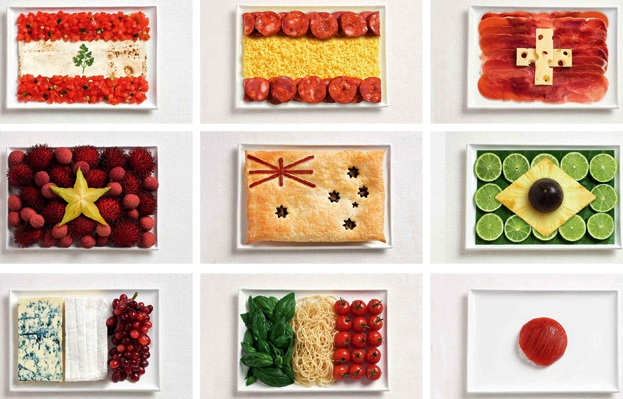 World cuisine and cooking recipes are an interesting topic that attracts visitors to our website. Here they can learn how the national cuisine of the world's peoples is prepared. By trying to cook soups from cuisines around the world and many other dishes, you can learn more about different cuisines.
World cuisine and cooking recipes are an interesting topic that attracts visitors to our website. Here they can learn how the national cuisine of the world's peoples is prepared. By trying to cook soups from cuisines around the world and many other dishes, you can learn more about different cuisines.
Attracts visitors' attention simple recipes cuisines of the world that are easy to prepare. Together with them, dishes from various cuisines of the world become available for preparation. Traditional cuisines of the world are very different delicious dishes. It will not be difficult for site visitors to learn about different cuisines of the world by choosing recipes that suit their taste preferences.
Now the national cuisine of the countries of the world is becoming available to all visitors to the resource. Cuisine of the world's peoples' recipes are very interesting and incredibly tasty. To verify this, it is proposed that the cuisines of the world prepare popular dishes. Since culinary recipes from the world's cuisine are presented with photographs, mastering the preparation will not be difficult. The most important thing is to strictly follow all the cooking steps indicated in the recipe. Cooking becomes a very exciting and interesting process, which ultimately allows you to get a delicious dish.
National recipes
Among the recipes of different countries and peoples, there are their own characteristics that have been passed down from generation to generation and borrowed from friendly and neighboring peoples. For example, the folk dishes known to all of us appeared as a result of the exchange of recipes with French chefs and fraternal peoples former USSR. Originally Russian cuisine, the recipes of which exclude any type of frying in a frying pan, consisted mainly of dishes prepared in the oven, that is, by simmering, stewing and boiling. This is also where the recipes for pickled tomatoes and cucumbers, so beloved as snacks, came from, and the fruits were fermented and drunk at folk festivals.
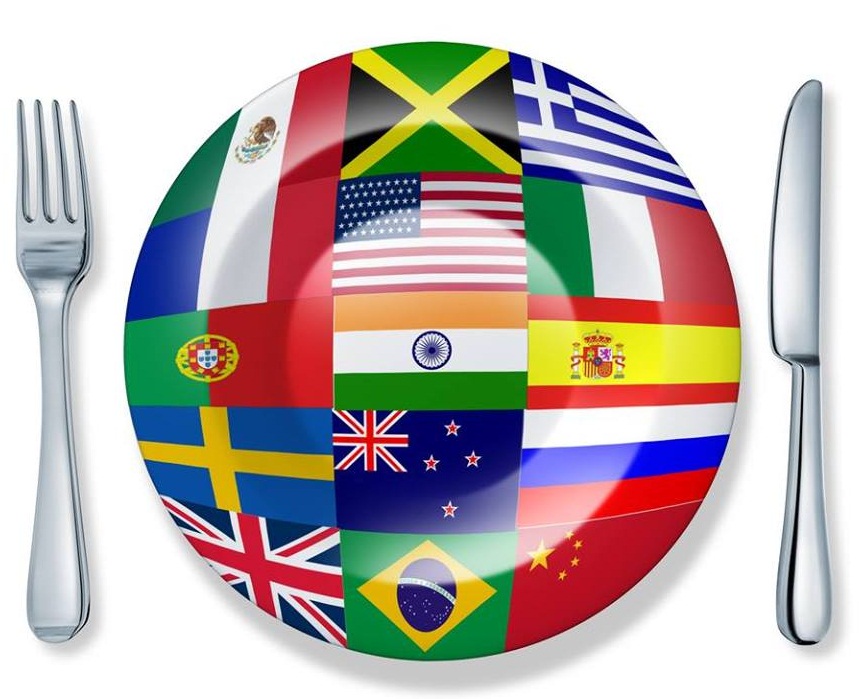 At feasts with Georgian neighbors one could always find dishes such as kharcho, khachapuri and chicken tabaka. The main feature of Georgian cuisine recipes is the contrasts of spicy and hot, as well as the use of vegetables for independent dishes and as a side dish.
At feasts with Georgian neighbors one could always find dishes such as kharcho, khachapuri and chicken tabaka. The main feature of Georgian cuisine recipes is the contrasts of spicy and hot, as well as the use of vegetables for independent dishes and as a side dish.
A special feature of Uzbek cuisine recipes is the consumption of various soups, bakery and confectionery products, main dishes, as well as salads and drinks. When preparing any of them, it is necessary to use cottonseed oil to add flavor to the dish during frying. Main meat dishes such as pilaf, shurpa, manti and somsa are characterized by the use of fat tail fat, as well as spices and herbs for taste.
Naturally, many national dishes have long migrated to the kitchens of other nations and become international, but this is what makes cooking in general interesting! Be bolder and try to cook something that you have previously only tried in a restaurant, and through trial and error you can achieve impressive results in cooking!
Vary from country to country.
Some are light and fruity, and some are rich and chocolatey.
From Japanese mochi to Polish poppy seed rolls, see what people around the world are cooking to satisfy their sweet tooth.
Creme brulee is a favorite dessert in France. It contains a creamy custard topped with a layer of firm, crisp, lightly browned caramel.
In Indonesia, the word dadar means pancake and gulung means to roll, so it's no surprise that this dessert, popular on the Indonesian island of Java, is called Dadar Gulung. This green pancake is made from pandanus leaves that are rolled out and then filled with coconut sugar.
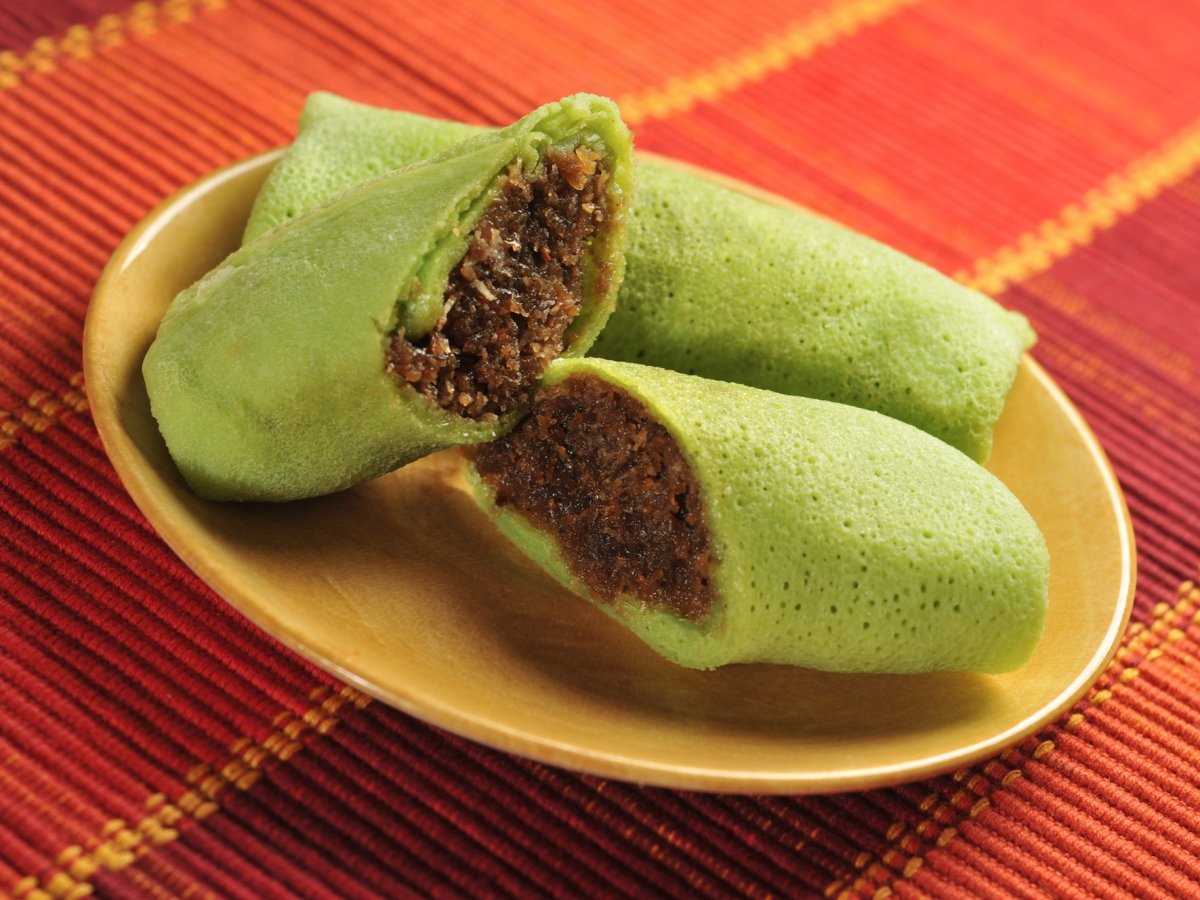
This is American apple pie. Apple slices baked in puff pastry can be served with whipped cream, vanilla ice cream or even cheddar cheese.

Turkish baklava consists of puff pastry with chopped nuts. The squares are held together with syrup or honey.

The streets of Italy are lined with cafes selling the Italian version of ice cream. The popular Italian dessert gelato consists of fresh cow's milk, cream and sugar, with the addition of fresh ingredients such as berries, nuts, chocolate and fresh fruit.
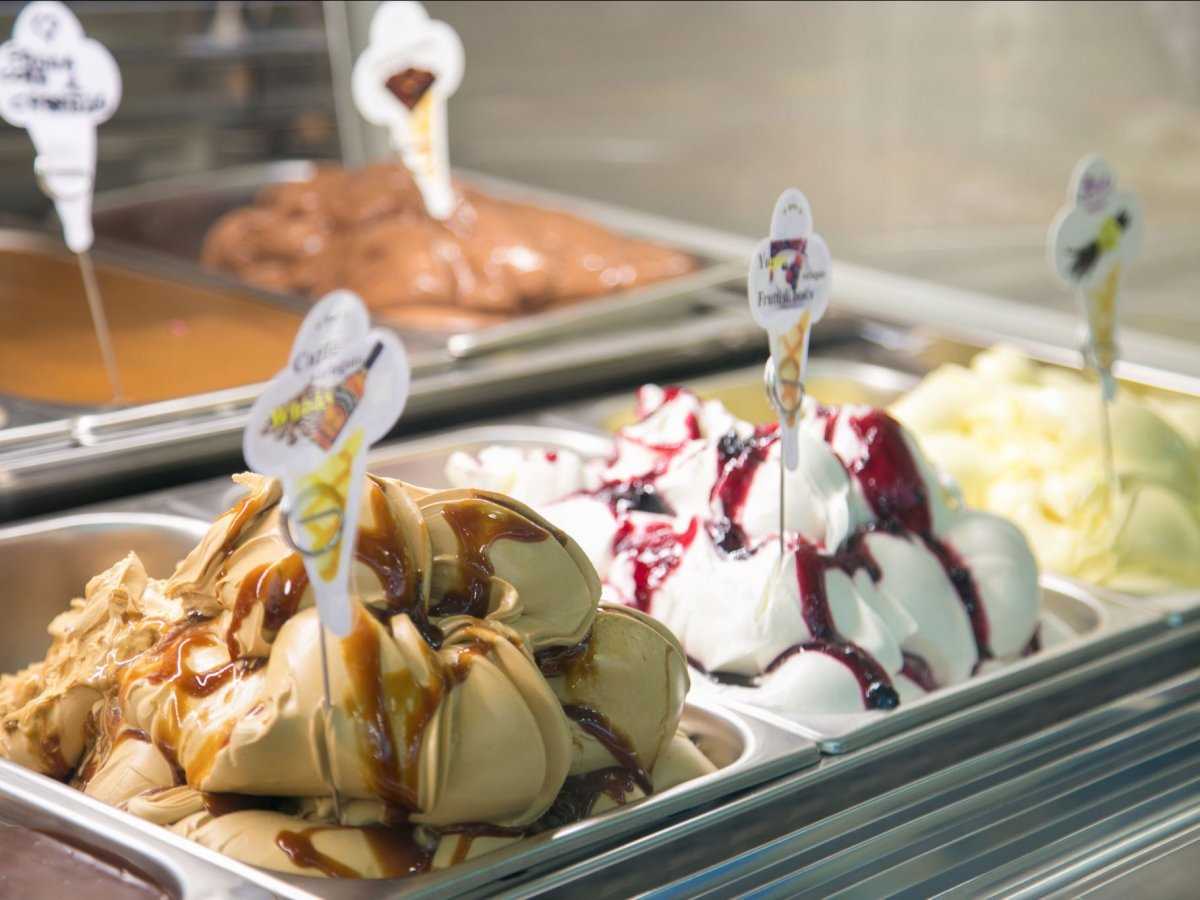
Picarones bagels - shining example a mixture of Spanish cuisine and the culinary traditions of the Peruvian population. They are made from a roasted mixture of sweet potatoes, zucchini, flour, yeast, sugar and anise.
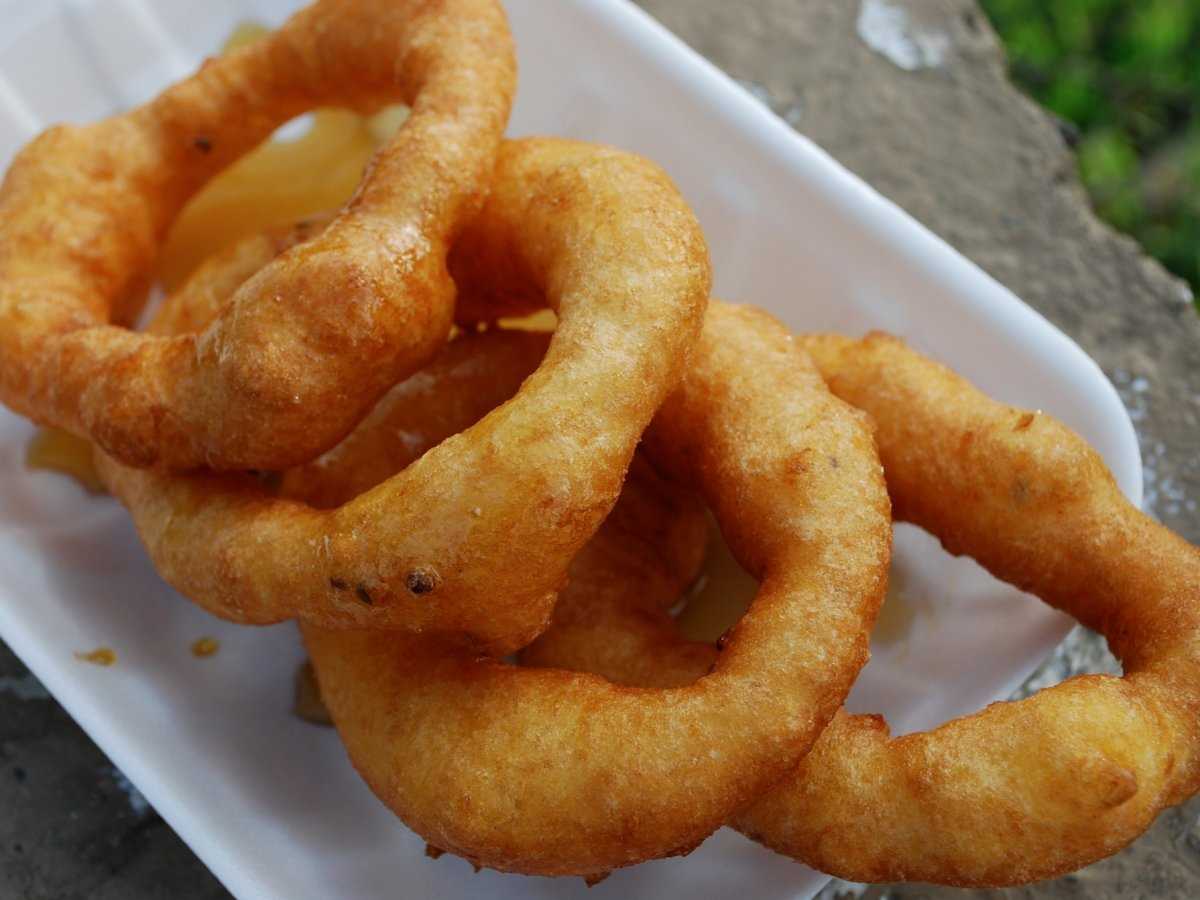
Russians and Ukrainians love cheesecakes very much. They are served with jam, sour cream or honey.
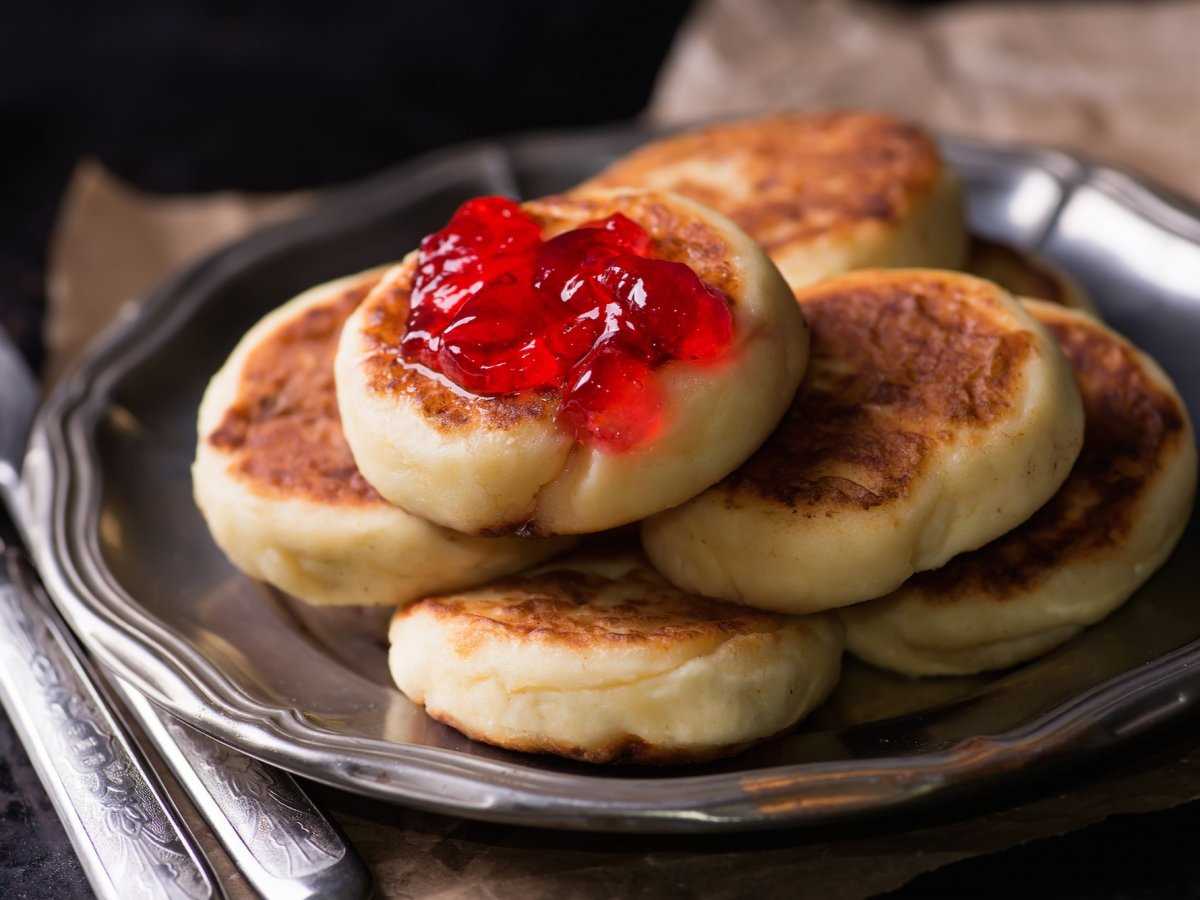
Tarta de Santiago is a traditional Spanish pie with almonds, which in the Middle Ages was invented in the capital of Spanish Galicia - Santiago de Compostela.
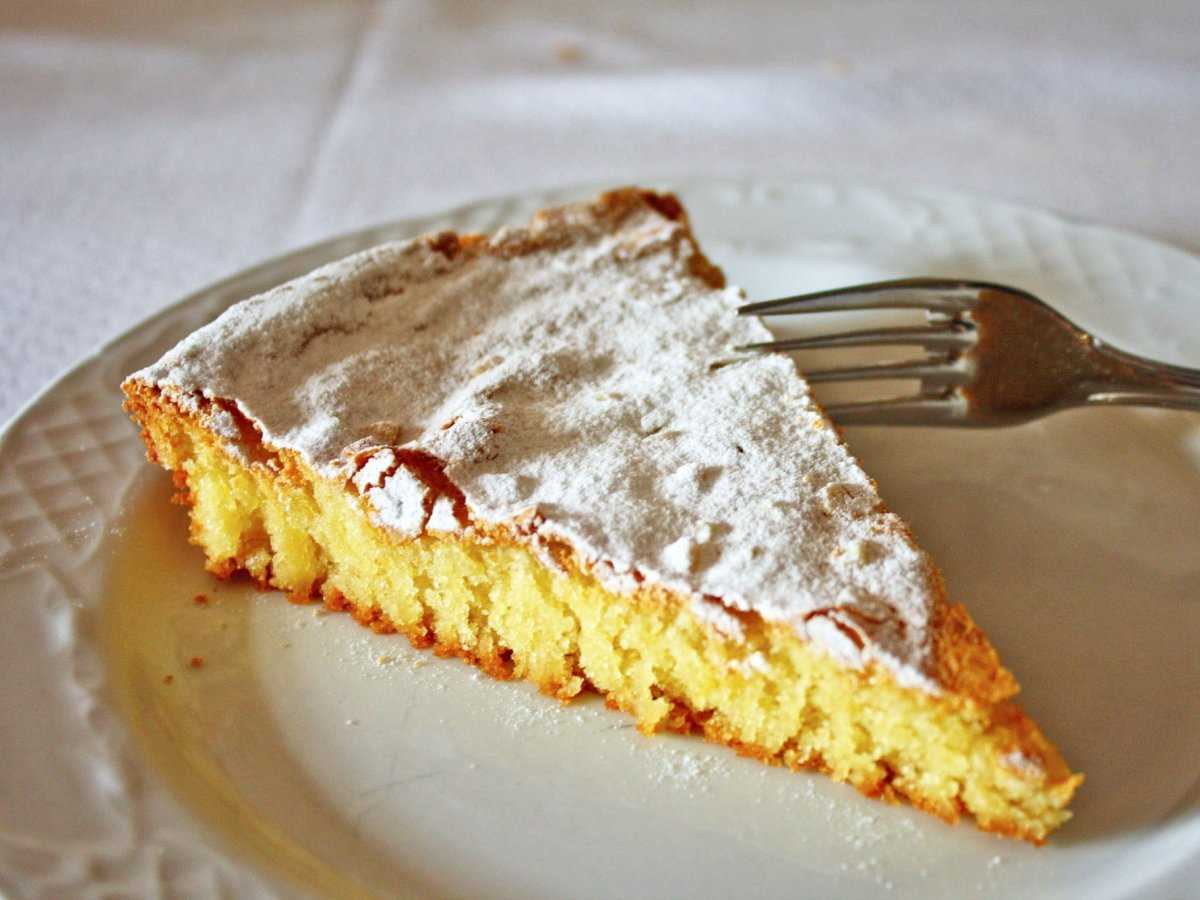
Japanese sweets called mochi get their name from the sticky rice mochigome, which is ground into a paste and then formed into a flat cake. Mochi being prepared all year round, but they are most often eaten and sold on the eve of the Japanese New Year. The flatbread is often wrapped around a small scoop of ice cream.
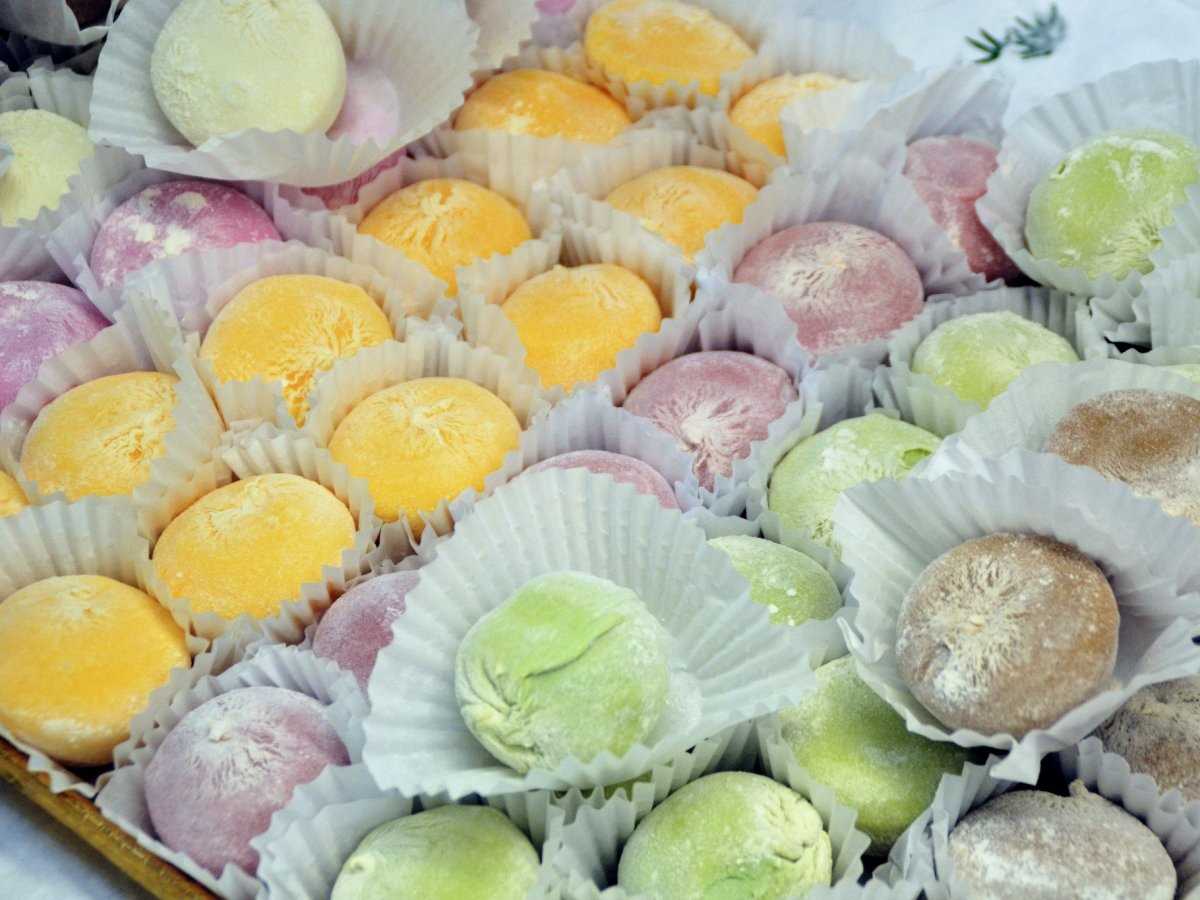
Pastelitos are usually eaten on Argentine Independence Day. These flaky pastries are stuffed with sweet quince or sweet potatoes and deep fried.
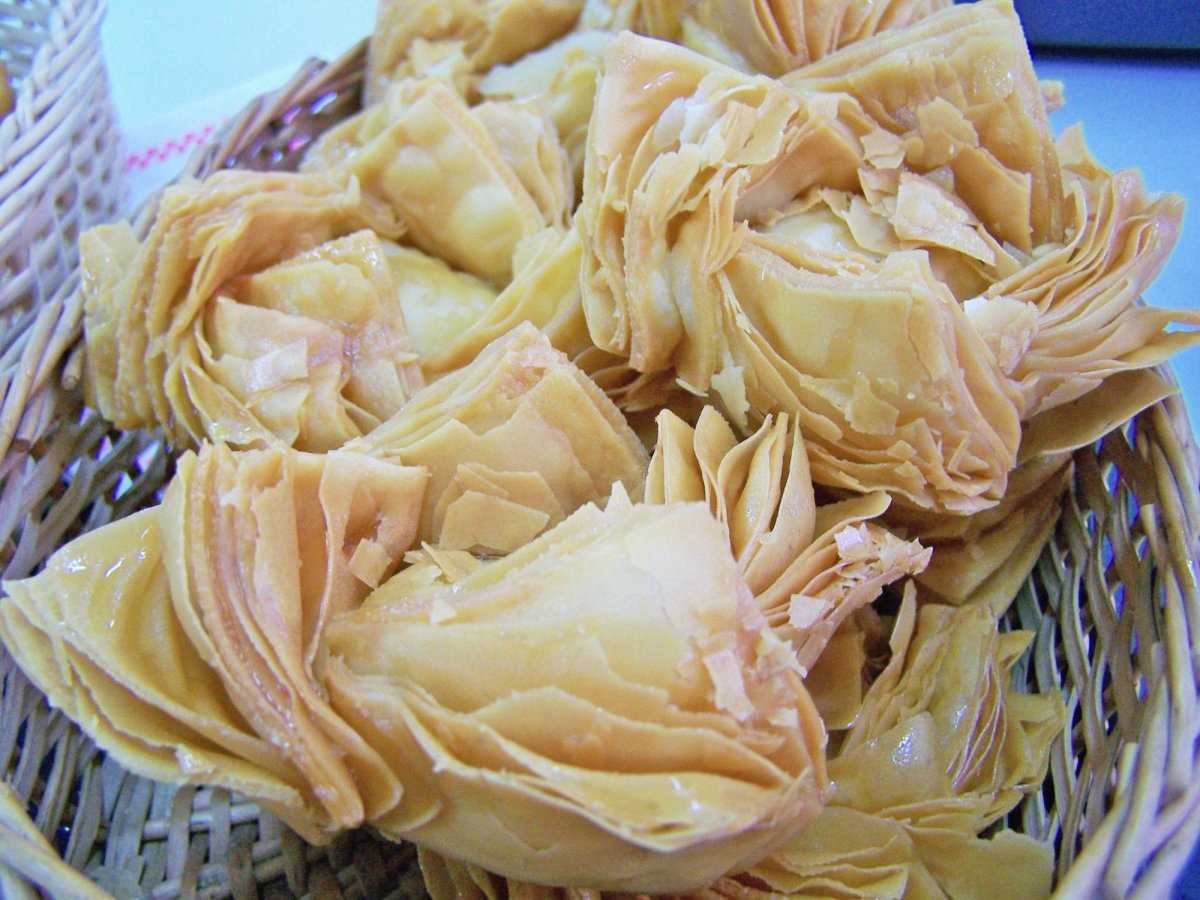
England is the homeland of Banoffee Pie, a delicious pie made with bananas, cream, toffee, and sometimes chocolate or coffee.

Brigadeiros are eaten at any major Brazilian festival. Like truffles, the dessert is made from cocoa powder, condensed milk and butter. Brigadeiro is served either as a cooked mixture or formed into small individual balls coated with chocolate sprinkles.
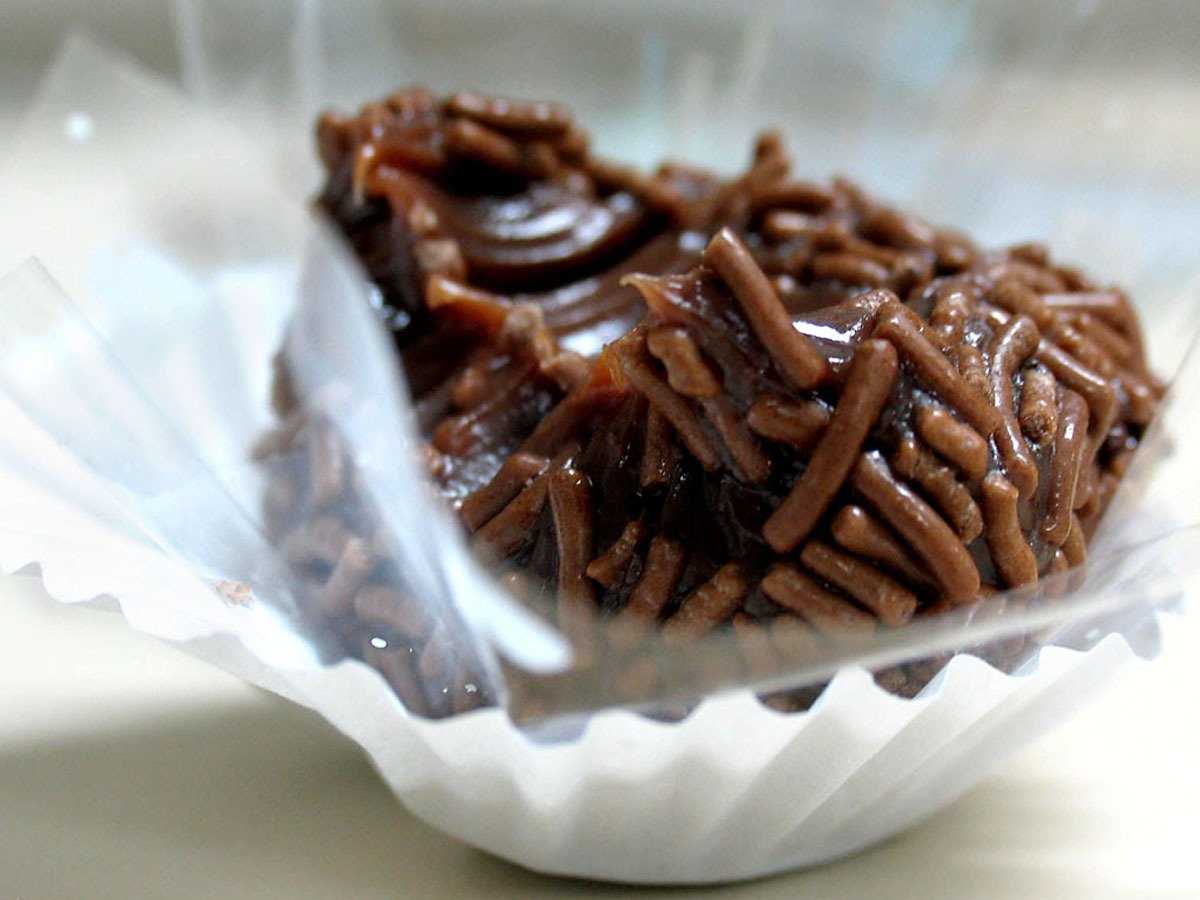
Dragon's beard candy is not only a Chinese dessert, but also traditional art self made. Resembling a white cocoon, the candy is made primarily of sugar, molasses, peanuts, sesame seeds and coconut.

As the name suggests, Belgian waffles are adored in Belgium. They taste even better when warm and topped with powdered sugar or Nutella.

Gulab jamun is one of the most loved desserts in India, although it is also eaten throughout Southeast Asia. These are sweet balls of milk powder, fried in ghee and dipped in sugar syrup.

If there is one type of dessert that can be distinguished in Austria, it is the Sachertorte. A dense and not very sweet chocolate cake was invented in 1832 by the Austrian Franz Sacher. The recipe is still known only to the pastry chefs of the Sacher Hotel in Vienna.
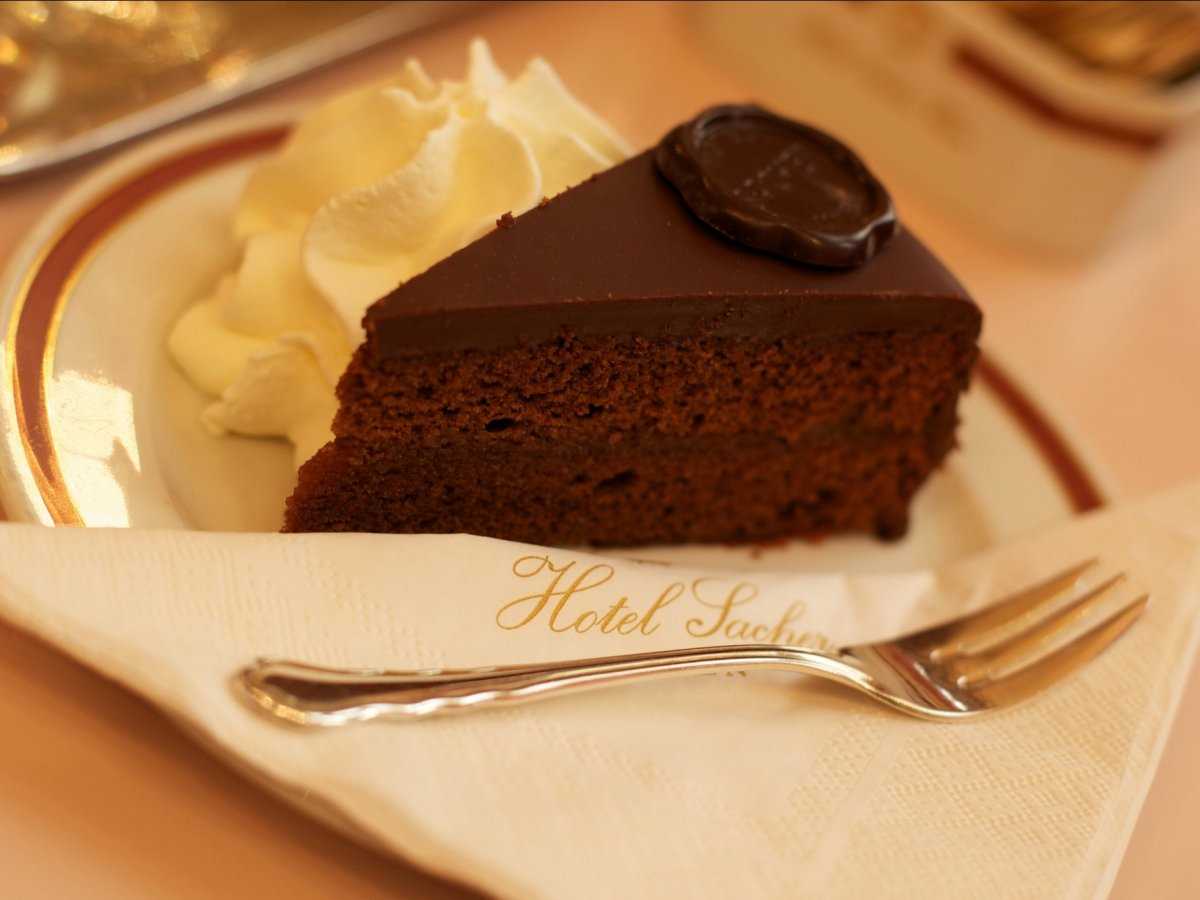
Lamington is an Australian dessert that is a rectangular sponge cake coated with chocolate glaze and rolled in coconut flakes.

Yakgwa is a type of very sweet Korean cookie made from honey, sesame oil and wheat flour.
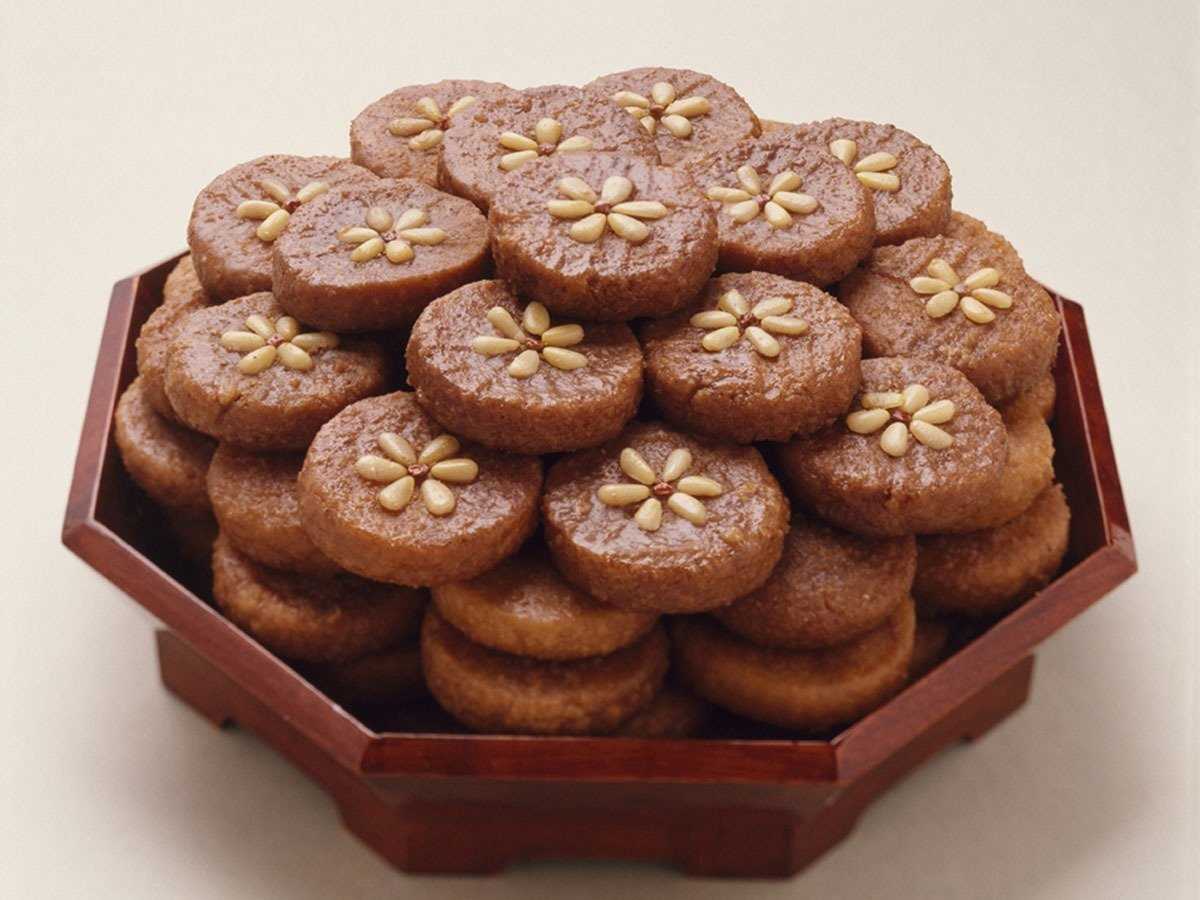
Schwarzwälder Kirschtorte literally translates to Black Forest Cherry Cake ("Black Forest"). It is made in the Black Forest in southwestern Germany from a mixture of cream, chocolate, cherries and kirsch, a German fruit brandy.
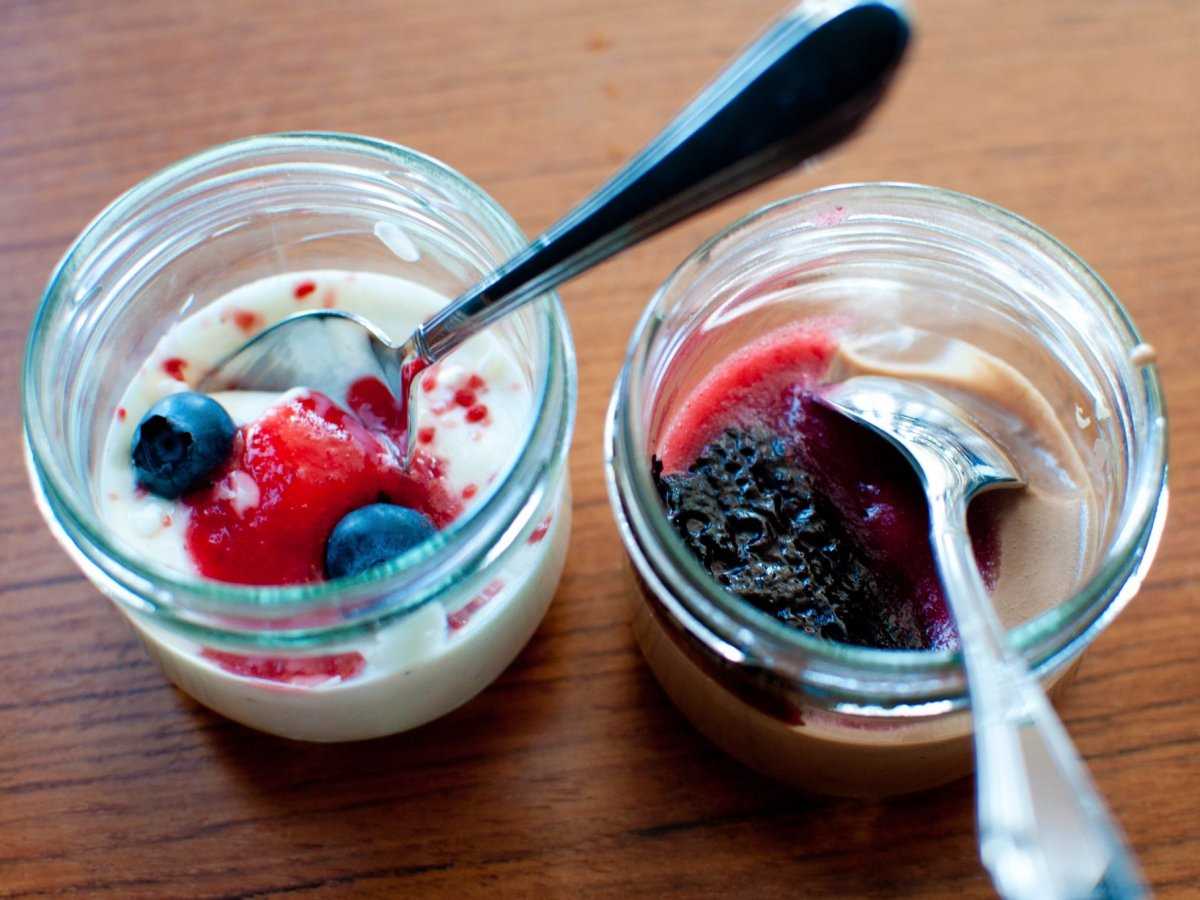
Skyr has been part of Icelandic cuisine for over a thousand years. Yogurt is served as a dessert chilled with milk and sugar, and sometimes with fruit.
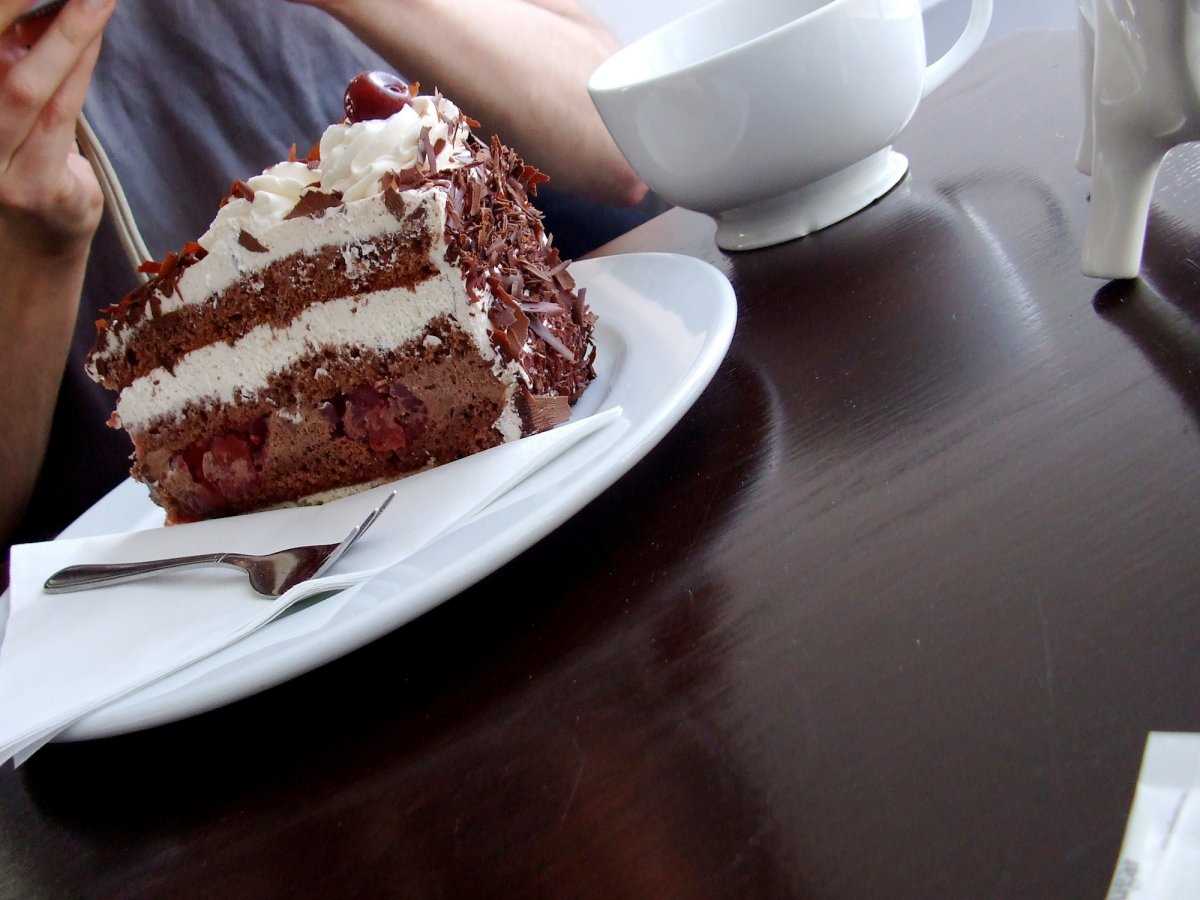
The Canadian Nanaimo Bar (Nanaimo cake) owes its name to the city of Nanaimo in British Columbia. The simple dessert requires no baking; It consists of layers of wafer crumbs and chilled custard, covered with melted chocolate.

Typically served with tea, koeksisters are a common South African dessert named after "koekje" - a cookie in Dutch. These are extremely sweet dough buns that have been fried and dipped in cold sugar syrup.
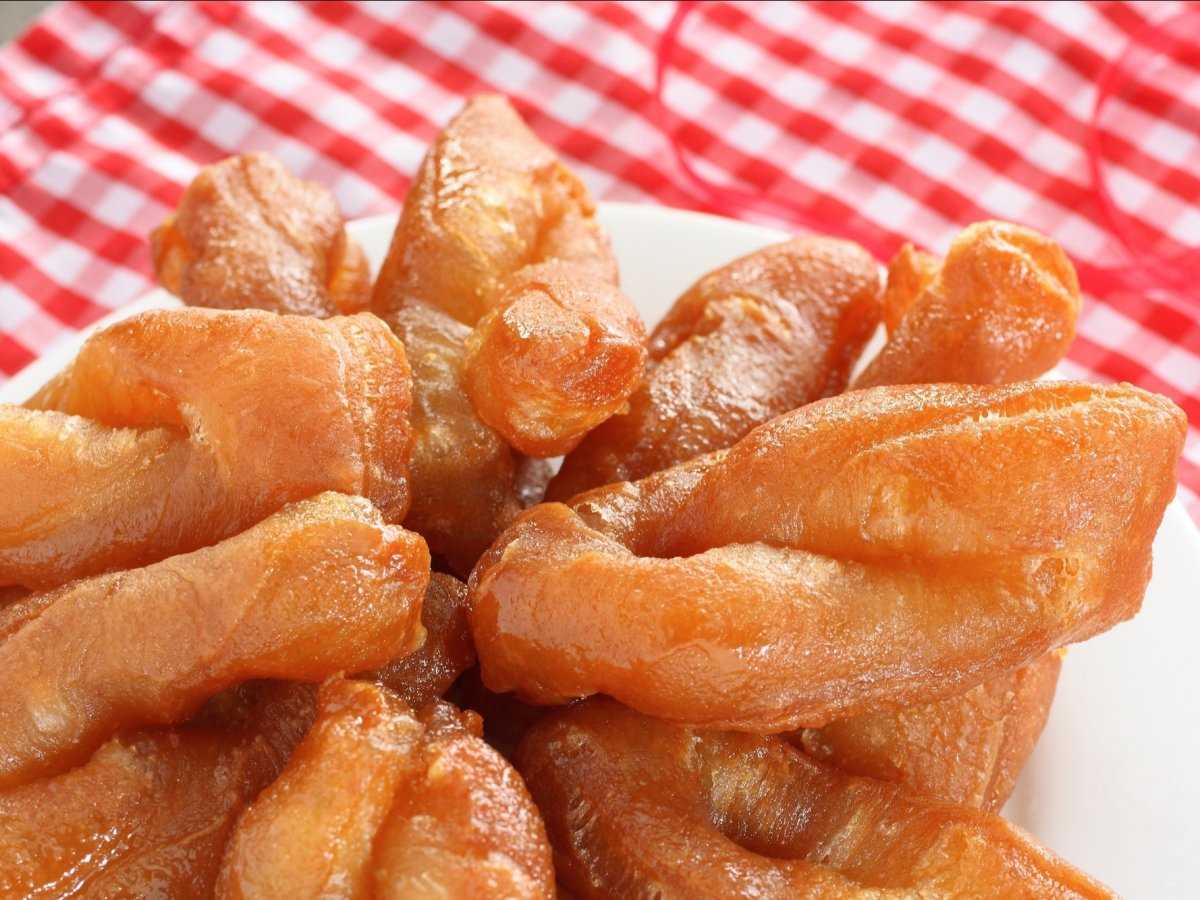
Princess cake (Prinsesstårta) is a layer cake from Sweden that is covered with a layer of marzipan, usually green in color, giving the cake a unique appearance. Under the marzipan, layers of delicate sponge cake with whipped cream and light vanilla cream alternate.

Umm Ali is the Egyptian version of pudding. It is made from puff pastry, milk, sugar, vanilla, raisins, coconut and various nuts.
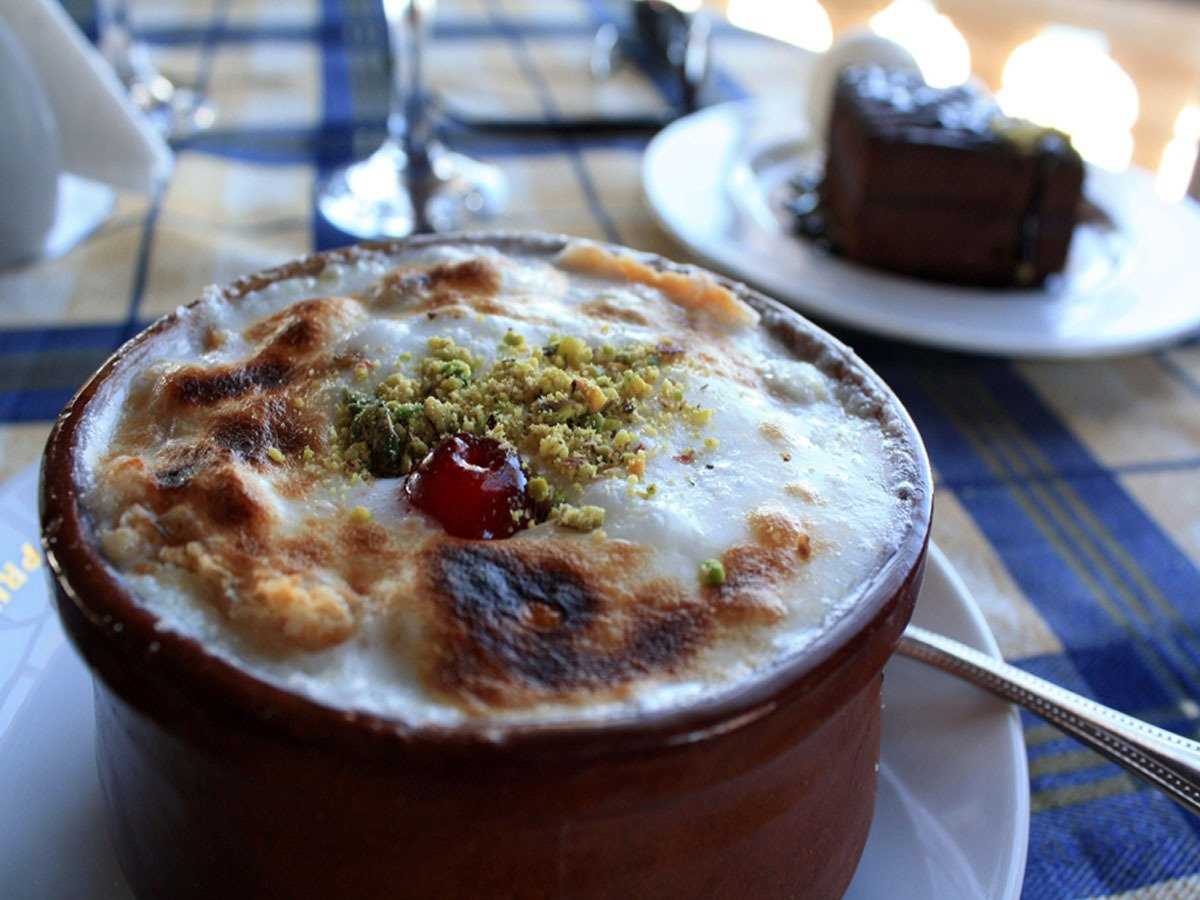
Although makowiec is most often served in Poland in holidays, it is easy to find in candy stores throughout the country all year round. It is a roll of sweet yeast bread filled with thick poppy seeds and sometimes topped with icing.
